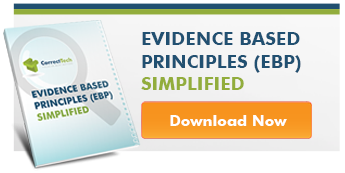10 Essential Principles of Real-World Implementation Leadership
In a time where fear, worry and forced change is at an all-time high, this training could be exceptionally useful for community corrections leaders across the nation. I have been wanting to share this for some time and absolutely loved the 10 Essential Principles of Real-World Implementation Leadership when I attended a short webinar virtually (and this was before COVID-19). As a prior administrator at a residential community corrections agency, I know this training could help leaders in an ever changing industry.
Read More





